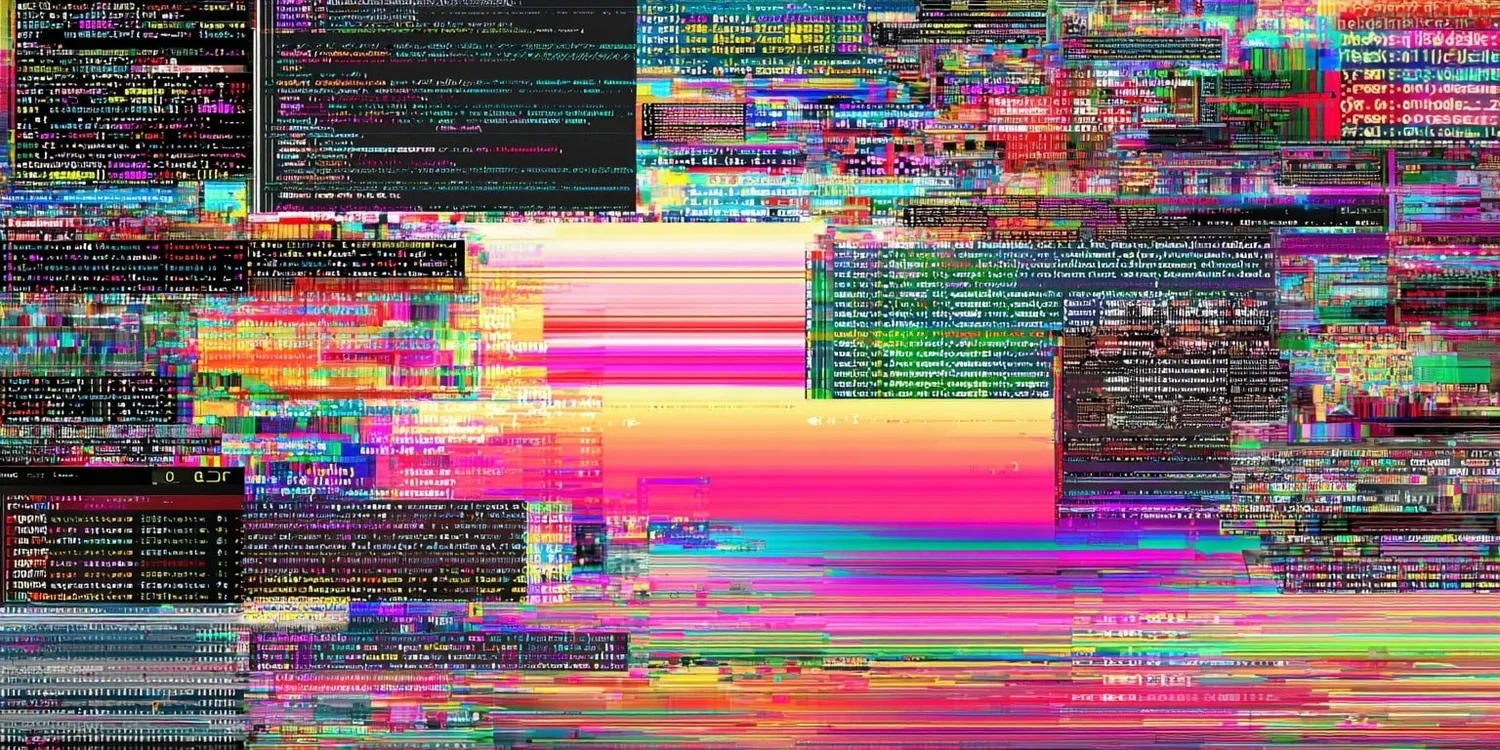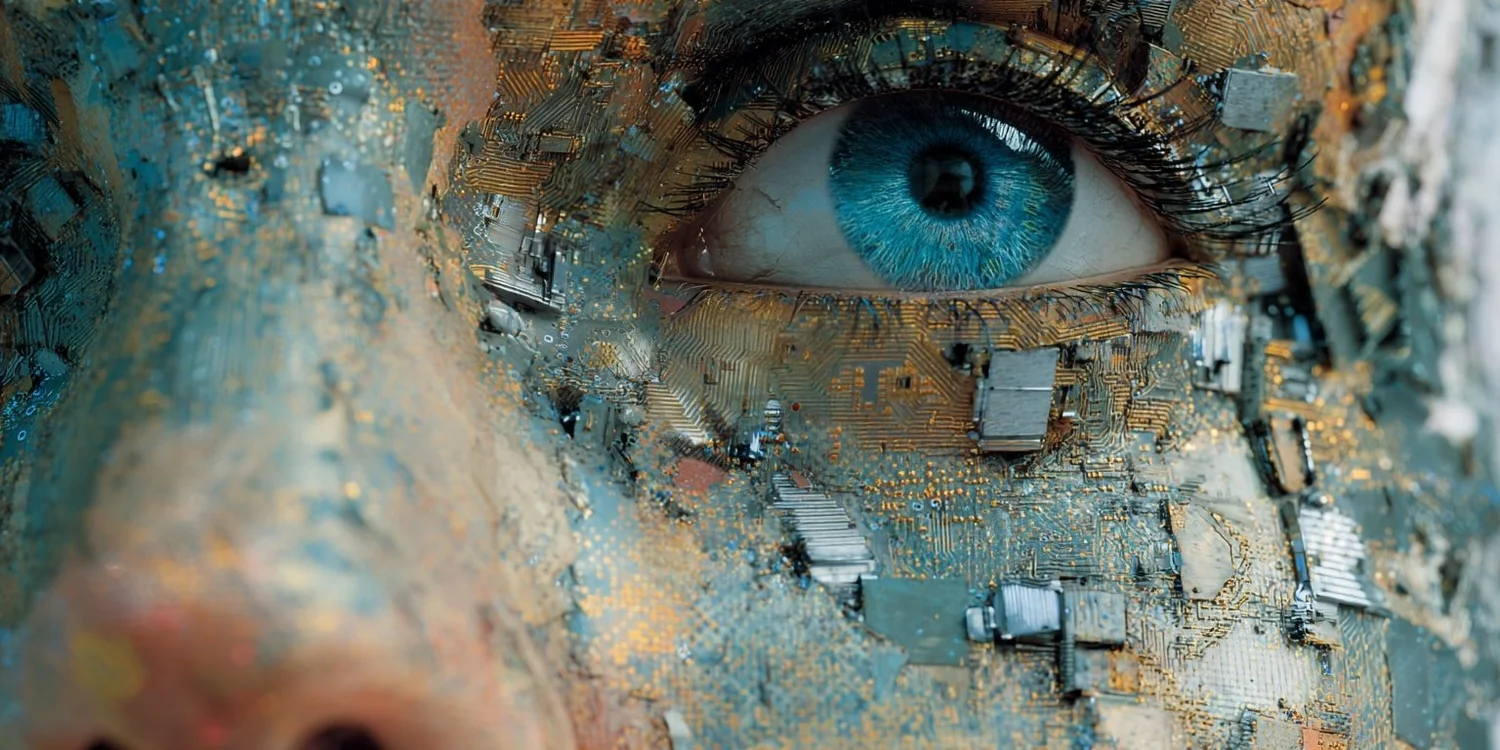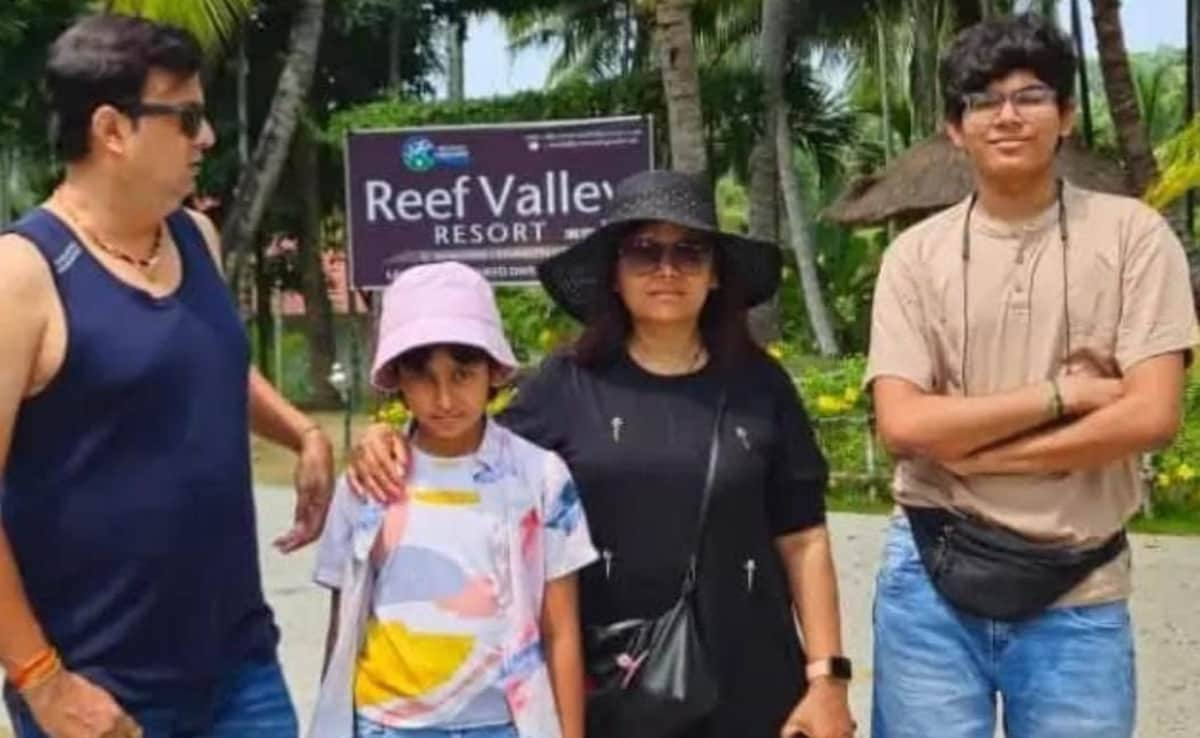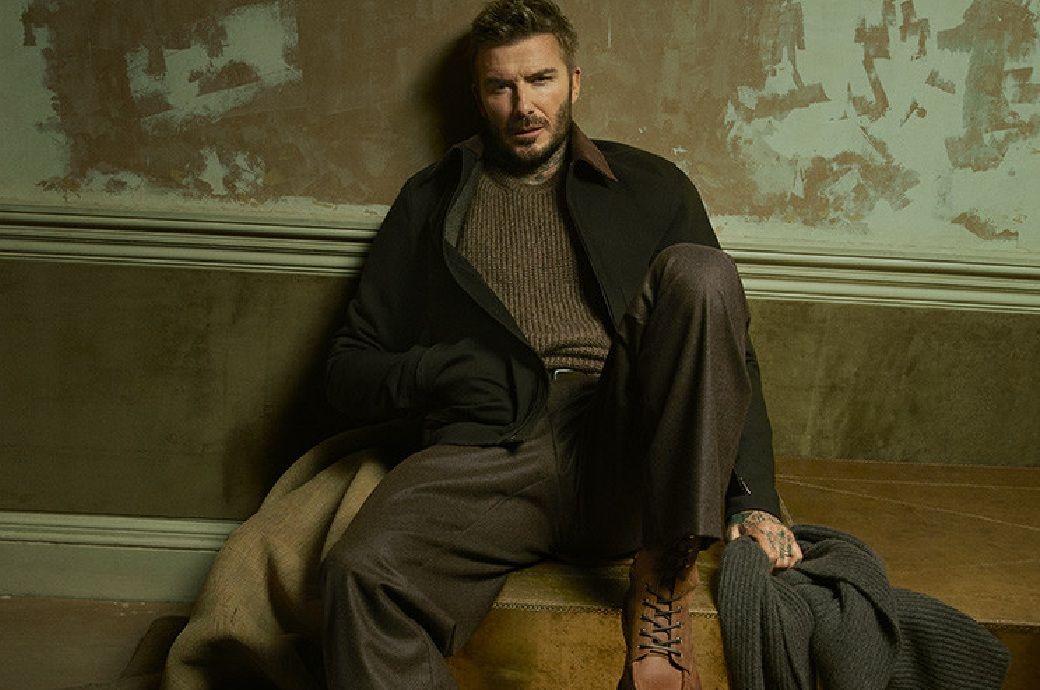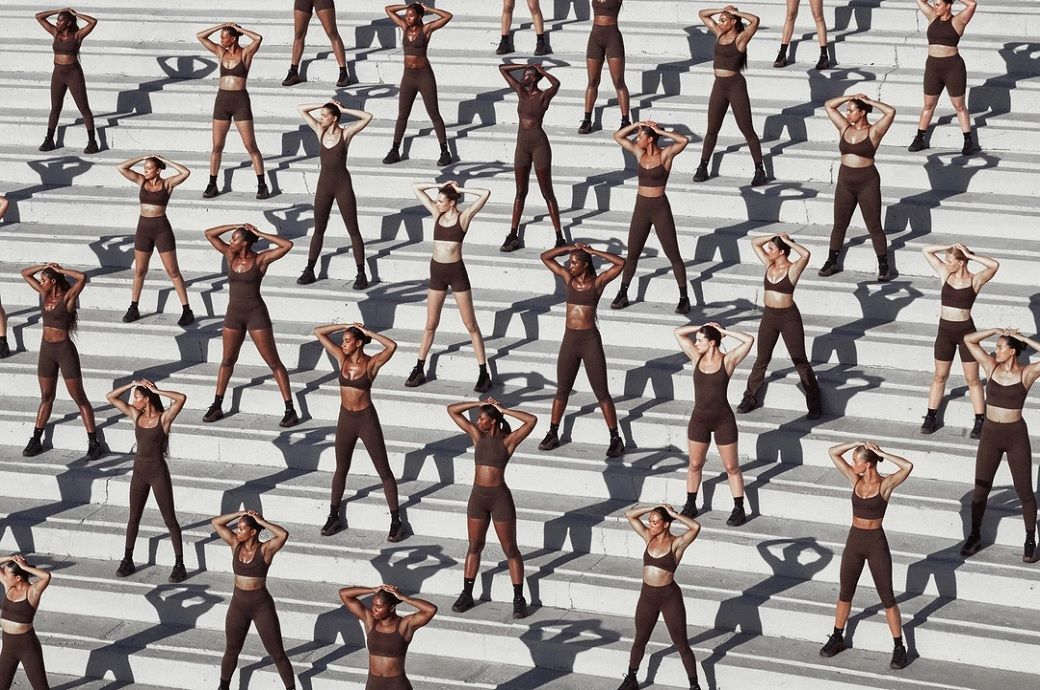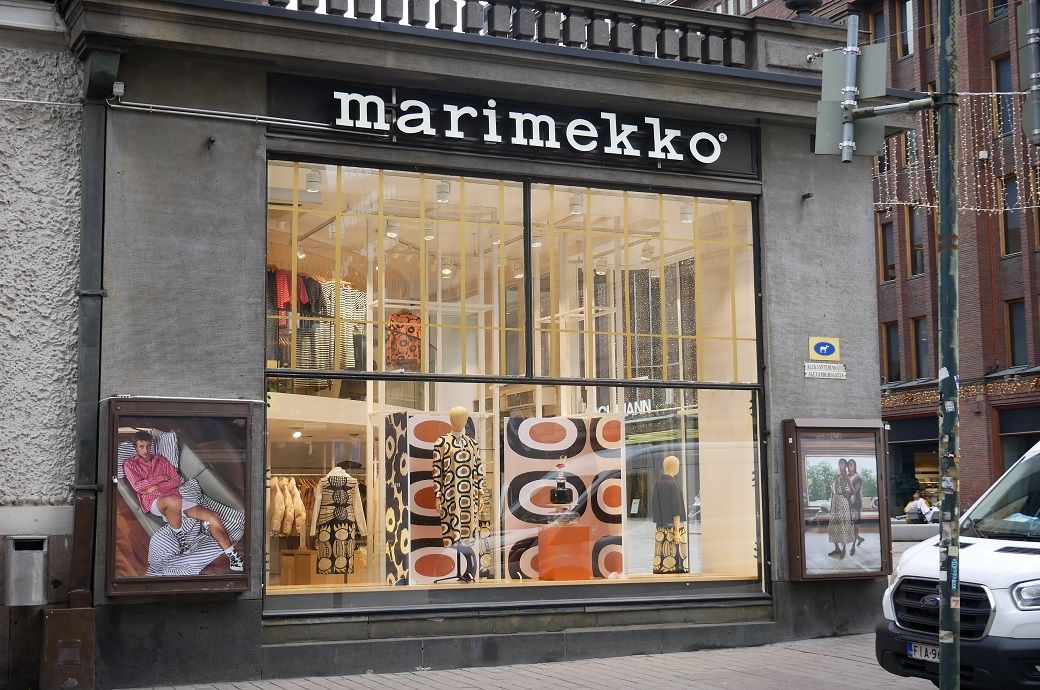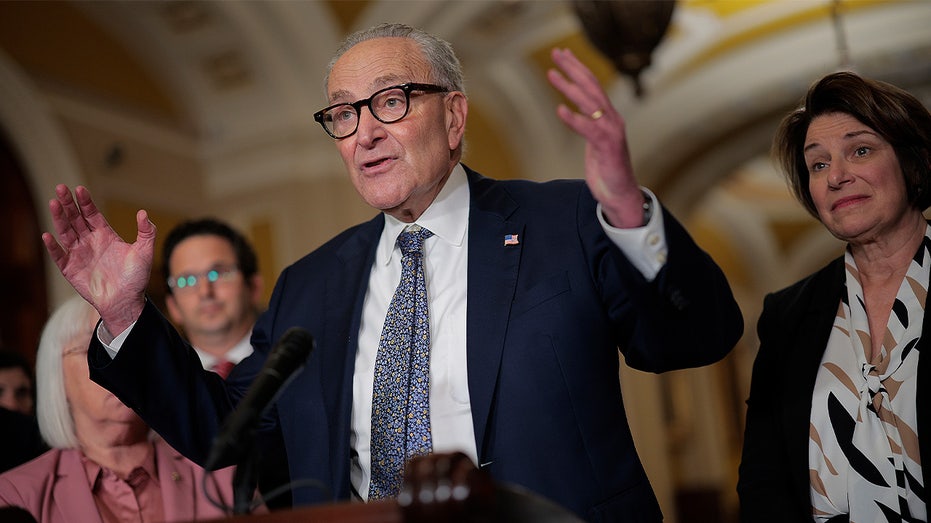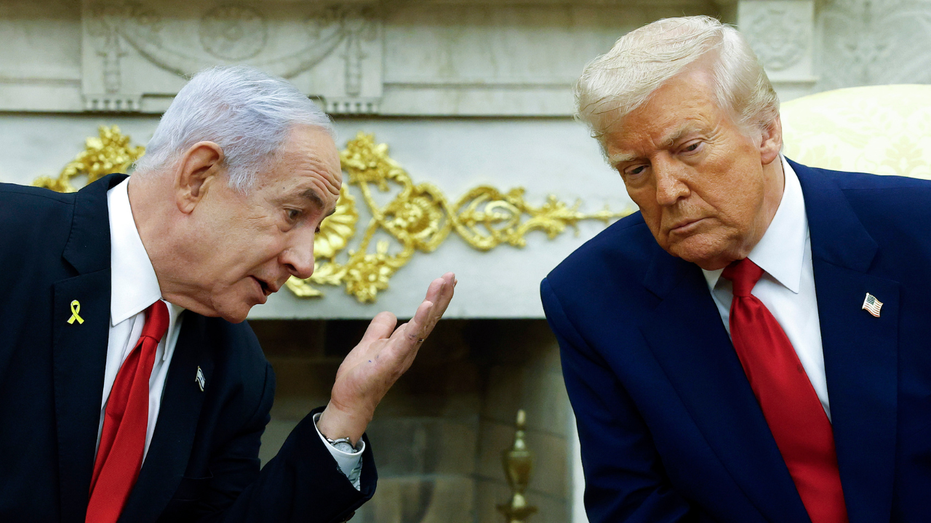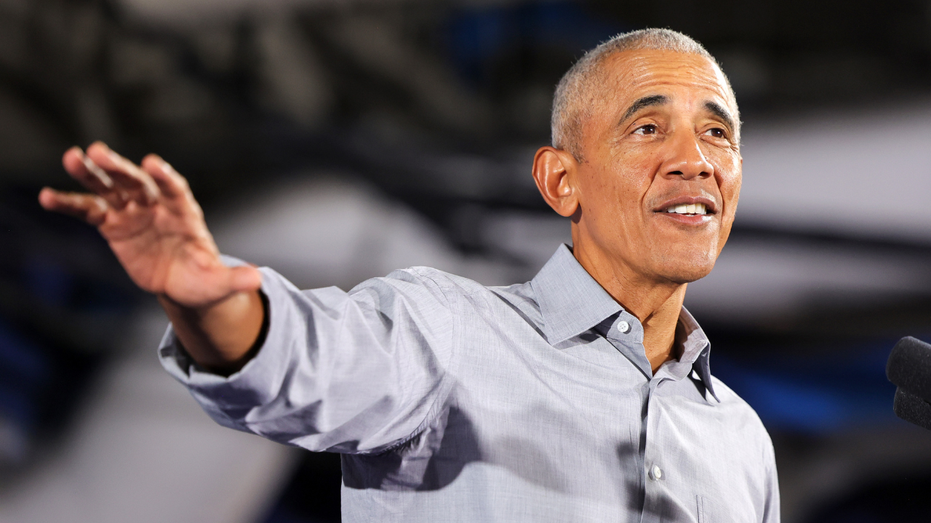Scammers are using video deepfakes of journalists to peddle products online

In May 2024, Pooja Shali, an anchor for India Today, received a concerned message from a friend. The friend had been scrolling Instagram Reels and came across what appeared to be a video of Shali announcing the news on her morning show, First Up.
Audiences across India are used to seeing Shali behind the anchor desk, but in this clip, something felt off. Shali’s lips matched the words being spoken, but after the first sentence, her intonation changed and her cadence became stilted. She also appeared to be promoting a mobile trading app, one she said had been vetted by the India Today newsroom and received a $3 billion investment from India’s richest man.
Shali had never heard of the app, let alone promoted it to her viewers on air.
“I was completely shocked,” Shali said. She immediately recognized the clip as a deepfake. While the first seconds of audio talking about Ambani were pulled from a real First Up segment, everything spliced in after was an AI-generated fabrication. “We report on digital financial scams consistently and we are the ones alerting people not to fall for digital scams, but you wouldn’t expect your face or your voice to be misused.” When the trial was initially announced it included 50,000 public figures. After I reached out to Meta for comment for this story, the company updated those figures in a corporate blog post. Currently, 500,000 public figures have enrolled in the program, which is still only available in the U.S., U.K., and South Korea. In the first half of 2025, Meta also says the number of scam ads reported by users globally on its platforms dropped by 22%, when compared to total ad impressions.
While Wolf was ultimately able to fight off his scammers, other journalists may not be able to lean on personal connections or institutional support to get the attention of social media companies. Many journalists don’t even live in countries where Meta’s facial recognition program is operational.
“Trying to go through the official channels is frustrating, it’s time-consuming, and it’s largely ineffective,” said Matthew Garrahan, the head of digital platforms at the FT. “It was only [after] Martin’s column that Meta began to really move. We had a former deputy prime minister of the U.K. intervening to help us get it taken down, and then they were still back.”
Meta did not respond to questions about Clegg’s involvement or whether Wolf’s column influenced the company’s response.
“On the platform side, you need to have this likeness protection really broadly available to a much wider range of public figures,” Witness’s Gregory said of facial recognition programs like Meta’s.
He points to YouTube as a platform that is beginning to take stronger proactive measures. In mid-September, the social media giant announced it was rolling out facial recognition-based moderation to all members of its YouTube Partner Program, which includes more than 3 million creators around the world. (Gregory said that even with increased reach, he’s found YouTube’s moderation enforcement to be “patchy.”)
Women Press Freedom, meanwhile, has scaled back the resources it puts into corresponding with social media companies. Nazish said the decision was prompted in part by the industry’s continued disinvestment in global moderation infrastructure.
In 2022, X laid off the majority of their global trust and safety teams. Earlier this year, Meta ended its third-party fact-checking program. Women Press Freedom used to be able to collect documentation of deepfakes and send them directly to company contacts who they relied on to advocate for post removals. Those channels had all but disappeared by 2022, even before this most recent boom in deepfake scams.
In the vacuum that’s left, targeted journalists are running out of ways to defend their credibility.
“Now when I speak I’m a little bit more cautious,” said Shali, of her appearances at the anchor desk since last year. Eight months after the first scam ads using her image appeared, a new deepfake cropped up on social media promoting a similar trading app. This time, the deepfake video featured both Shali and Google CEO Sundar Pichai. “It’s heavy on my mind,” she told me. “When I’m talking I don’t know how they will be able to manipulate it.”
What's Your Reaction?
 Like
0
Like
0
 Dislike
0
Dislike
0
 Love
0
Love
0
 Funny
0
Funny
0
 Angry
0
Angry
0
 Sad
0
Sad
0
 Wow
0
Wow
0

















